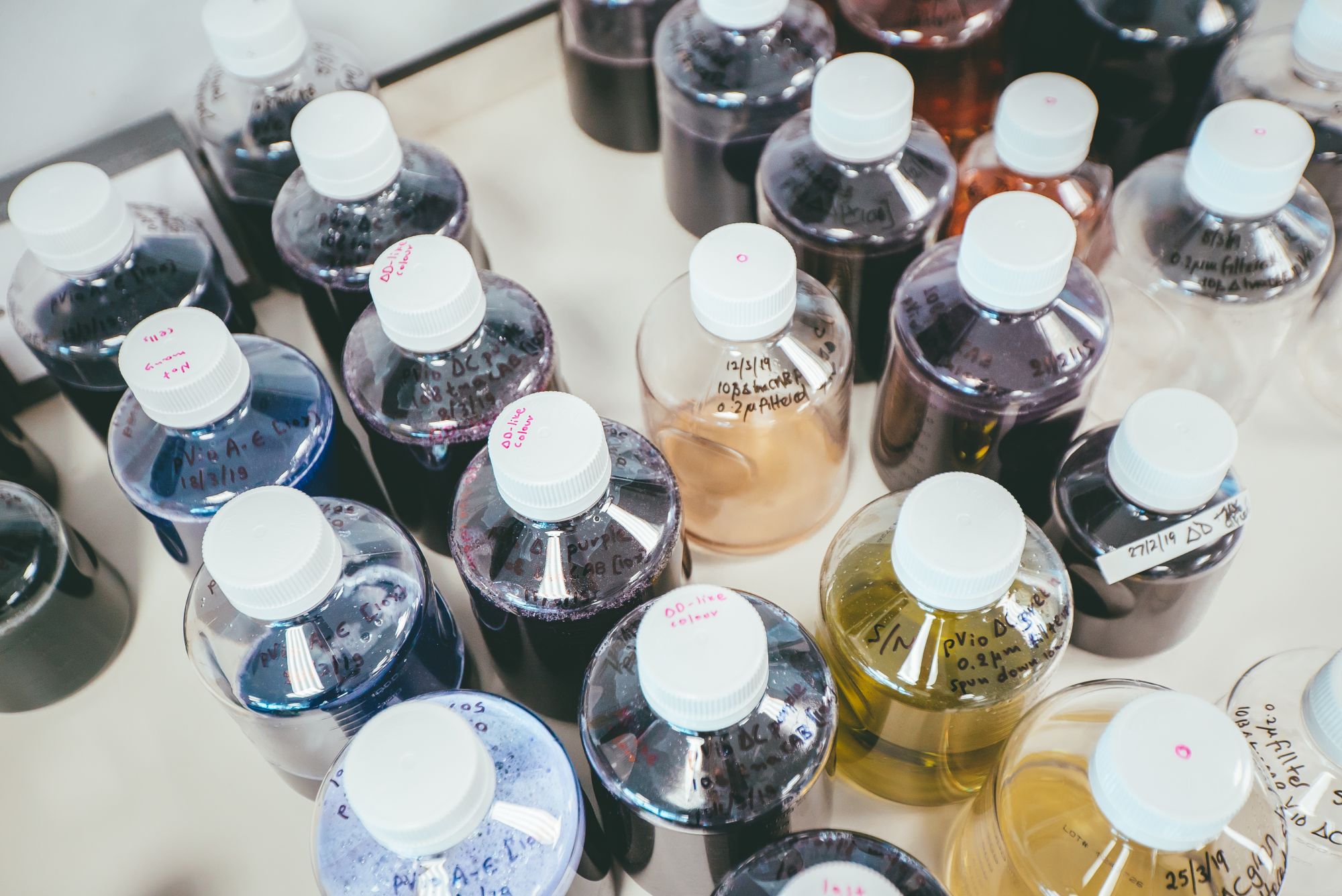In 2013, a team of Cambridge University scientists were in Nepal’s Kathmandu Valley, developing a device to measure pollution in the region’s waters.
The scientists spoke to local people, who relied on the filthy streams and rivers for their water supply, and learned that waste from textile factories was contaminating the waterways.
“We were shocked,” says Orr Yarkoni, one of the researchers on the expedition.
The scientists analyzed the water and their findings aligned with what the locals said – most of the hazardous chemicals came from the textile industry.
Nepal is one of the most water-abundant countries in the world, but water pollution is a major problem. More than 85% of the population doesn’t have access to safe drinking water.

“That feeling of ‘I have no safe water to drink’ is something that no human should have to feel in this day and age,” says Yarkoni.
“When we realized that so much of the pollution comes from something as simple as putting color into our clothes, we thought ‘there has to be a better way,’” he says.
Three years later, that thinking spurred Yarkoni and two Cambridge University colleagues, Jim Ajioka and David Nugent, to co-found Colorifix and develop a new way to dye clothes that won’t harm the planet. Yarkoni claims the technology they have developed eliminates the need for toxic chemicals. It also uses up to 90% less water and up to 40% less energy than the conventional dyeing process, he says.
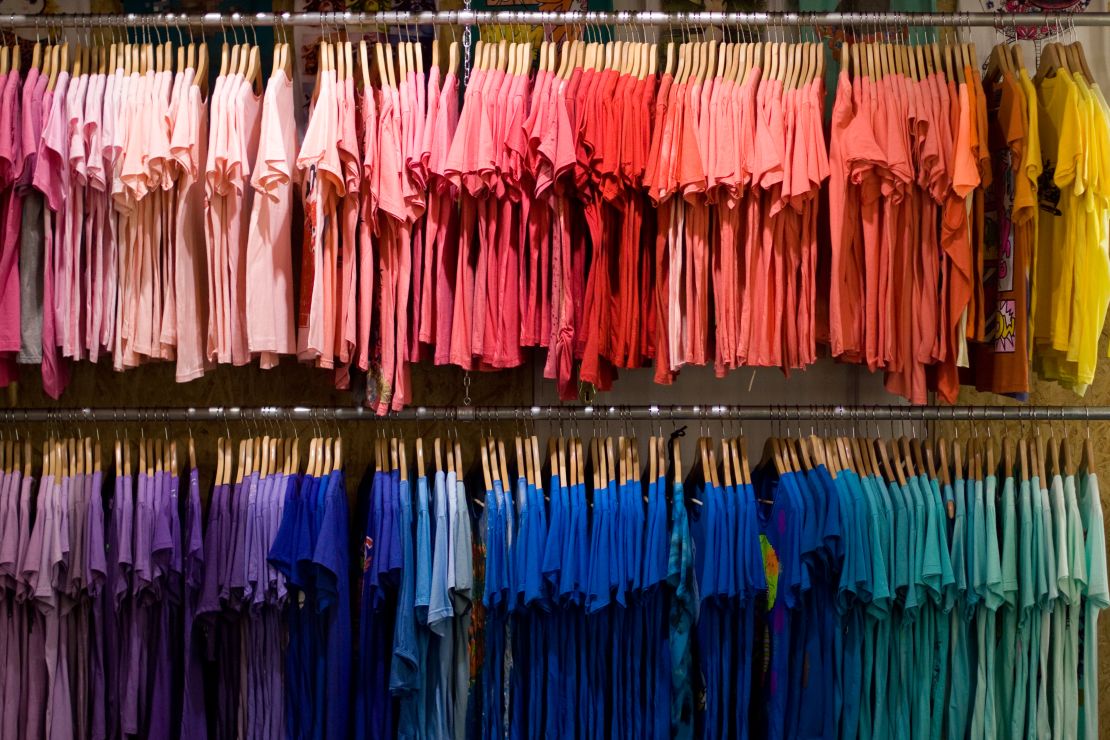
The color purple
For millennia, people used natural dyes to color fabrics.
Then in 1856, chemist William Henry Perkin had a serendipitous accident.
Perkin was trying to produce quinine, a substance used to treat malaria, when he inadvertently created the first synthetic dye – a vivid purple substance which easily transferred onto cloth.
The purple dye opened a floodgate of synthetic color possibilities that revolutionized the world of fashion. But with it came a torrent of environmental problems.
Today, the dyeing industry uses more than 8,000 chemicals. Many, including sulfur, arsenic and formaldehyde, are harmful to wildlife and human health.
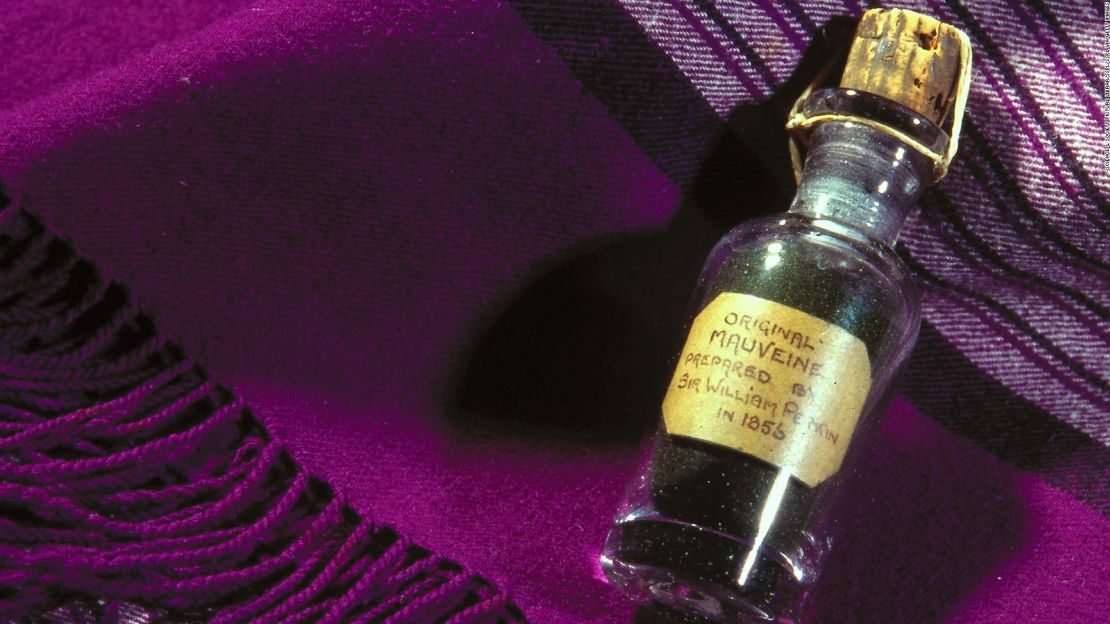
In less developed Asian countries, which produce a large share of the world’s clothes, weak regulation enforcement means that many textile manufacturers dump toxic substances directly into local waterways. And it’s happening on a massive scale – the dyeing process uses enough water to fill 2 million Olympic-sized swimming pools each year. This makes the dyeing industry one of the most environmentally harmful in the world, responsible for up to one fifth of industrial water pollution.
Finding microscopic solutions
The device Orr and his team developed to test water pollution in Nepal used genetically modified bacteria that changed color when exposed to hazardous chemicals.
He and his business partners decided to harness the bacteria’s color-changing ability to develop their dyeing innovation.
Colorifix – based in Norwich, in the east of England – produces dyes that are inspired by “nature’s blueprints.” But the technology doesn’t derive pigments straight from plants or animals, like traditional natural dyeing methods. Instead, it copies nature’s processes in a lab setting, by replicating the “DNA message” that codes for color in an organism.
Yarkoni says Colorifix has made pigments using genetic code taken from plants, dragonflies and gorillas, among others, using DNA information sourced from scientific studies. “We don’t like bothering animals,” he adds.
Colorifix inserts the genetic information that directs the color-making process into a bacterial cell, which copies itself every 25 minutes. The bacteria are fed with sugar molasses and nitrogen – by-products of the agricultural industry – in a fermenting machine, where the cells multiply in number, each making more pigment.
Yarkoni likens the fermentation process to making beer, “but instead of making alcohol, we’re making the pigments.”
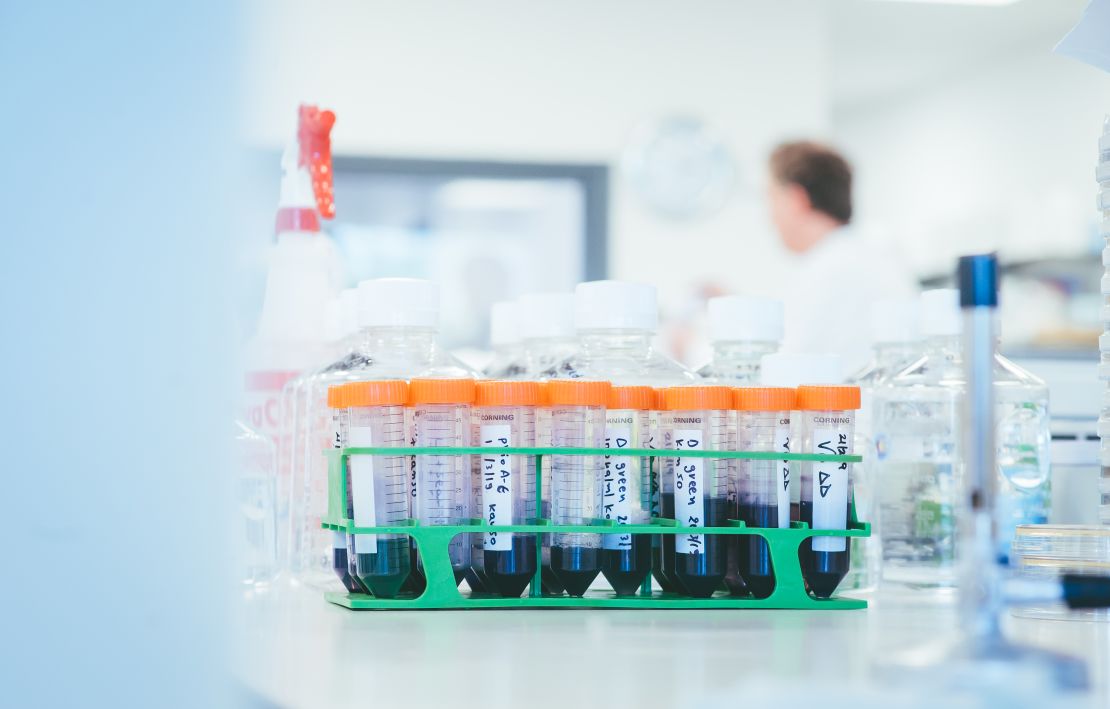
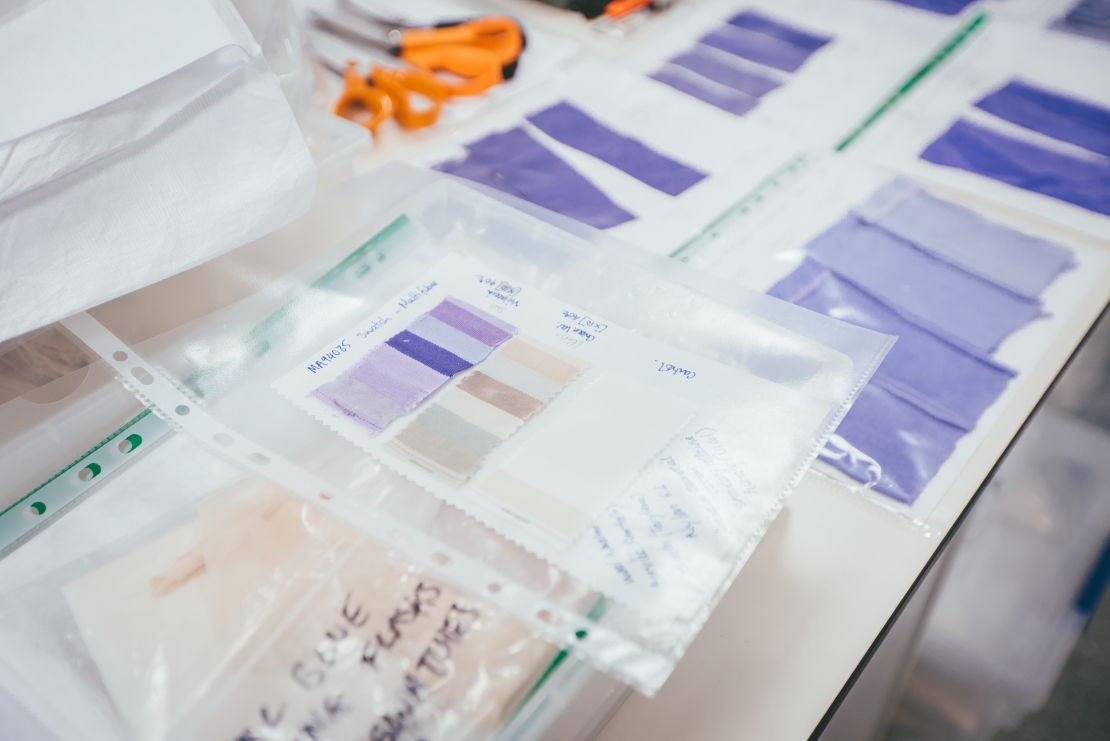
A growing movement
Colorifix isn’t the only company using biotechnology to create sustainable shades. German-Israeli firm Algalife is growing non-toxic dyes with algae. French startup Pili uses a similar fermentation process to Colorifix to make color. CEO Jeremie Blache says that Pili’s process, though still at the trial stage, is projected to use 80% less water and produce 90% less carbon emissions, than conventional dye-making methods.
However, Yarkoni claims Colorifix is the only biotechnology startup that aims to transform dye production and application.
While other bacteria-based dye innovations rely on vast amounts of water and chemicals to isolate pigments from bacteria, and make and apply the dye, Colorifix puts the bacteria straight onto the fabric to color it. The fabric is heated, causing the microorganisms’ membranes to burst and release the color, which chemically attaches to the fiber. The remnants of bacteria cells are then washed off – but the color remains.
Flying colors
Yarkoni says that an added benefit of his technology is that it cuts down on transport pollution – one factor behind the fashion industry’s huge carbon footprint.
Rather than transporting large quantities of dye, Colorifix can send just five grams of color-packed bacteria to a dyehouse. Orr claims the microorganism will multiply and that after 10 days, the factory will be able to produce 50 tonnes of dye solution a day.

But this “grow your own” approach has drawbacks; dyehouses will need to buy fermenting equipment and receive training from Colorifix to adopt the process in-house.
Pili’s Blache argues that if dyehouses can simply buy ready-to-use pigments, they are more likely to make the switch to sustainable dyes.
Georgia Parker, Innovation Manager at startup accelerator Fashion for Good, says that transporting live microbes safely is another hurdle.
“There is specific legislation around the transportation of living organisms across different geographies,” Parker says. “As a dyehouse, you would need to get government signoff to import these organisms.”
Despite the barriers, Parker anticipates that bacteria-based dyes will become cost effective in the long run and will be used more widely in the industry “in the next couple years.”

Beyond greenwashing
Colorifix is already in high demand: Yarkoni says the startup has more customers than it can handle, and has attracted support from brands including H&M. The Swedish fashion giant invested in the company in 2018 and continues to pilot the technology within its supply chain.
H&M is one of a number of fast fashion brands adopting ambitious goals to reduce their environmental and chemical footprint. Francois Souchet, who leads the Ellen Macarthur Foundation’s Make Fashion Circular initiative, says that “increased scrutiny from policymakers” and “expectations from the consumer for better solutions” are pushing the industry to become more sustainable.
While it’s early days for Colorifix – the company launched its first industrial trial at a dyehouse in Portugal last month – Yarkoni says he is confident that bioengineering solutions will help set the fashion industry on a greener path.
“I truly believe that in the future, a very large proportion of our industry – if not all of it – will be based on these biological principles.”
